Free delivery from Fr. 300 of purchase or 18 bottles, otherwise Fr. 15

Burgundy
Burgundy fascinates. Wine lovers come here on pilgrimage, perhaps in search of a lost sacredness? They travel through the aptly named Côte d'Or, dotted with villages with enchanting names and half-closed shutters. No flons-flons, no great castles, no fireworks, but a perfume of deep rurality, a will to keep one's feet on the ground, to preserve one's independence.
After the difficult years of the 20th century, the country has become the most important place in the world for the development of its economy.
After the difficult post-war years, Burgundy has regained its place in the concert of great French wines. The monks have long since stopped cultivating the vines and the abbeys contemplate their former glory, but who cares! Here, time has almost stopped... At least, it flows more slowly, to the rhythm of the small rivers and streams that you encounter as soon as you get off the beaten track. Travelling in Burgundy means entering a different time frame. One could almost find the sensations of Dumay travelling through this country of vineyards and bocages during the post-war period: "A line of ridges sometimes broken by a combe, below a fine curtain of vines barely leaning, villages squeezed into their clumps of trees, a discreet harmony over which the gaze of the careless glides, such is the royal road of the wines to me on this light morning in July. Rather beautiful, like all things when you look at them well. In Switzerland and in the Rhone Valley, I have seen more picturesque vines, goat vines that climb up the rocks."
But above all, to travel in Burgundy is to travel through a geological mosaic of astonishing subtlety. With its "lieux-dits", its clos and its combes, its faults and its low walls, its terroirs and its 1247 climats listed as Unesco heritage sites, Burgundy can be read glass in hand as a sensory world of rare complexity, where each great wine appears as the ideal reflection of the place that saw its birth... Linking flavour to origin is perhaps the vocation of all true culture, for it begins with taste. Following the example of a Claude Levi-Strauss meeting the Nambikwara Indians of Mato Grosso in 1938 and who, tasting their various honeys, observed that their"deep perfumes can be analysed in several stages, in the manner of Burgundy wines..."
Legend has it that, in Burgundy, the monks went so far as to taste the soil before planting vines. Aristotelians by training, they believed in a classificatory science of the land and we owe them most of the subtle and precise division of Burgundian climates. In fact, they were probably more interested in the structure of the clays than in the taste of the terroir. Yet the revealed terroir is far from being a fable: with equal viticulture, the difference exists (for those who can perceive it) between a Richebourg and a Romanée Saint-Vivant. Even if only a few metres separate the bottom of the Richebourg from the Saint-Vivant! But to reveal a climate, you have to go through the ferment that will fix the flavour, namely the information linked to the taste of the climate.
From a geological point of view, the data seem simple: the clay-limestone confers a certain homogeneity to the Burgundian vineyard. To translate this substratum, two grape varieties: chardonnay for the whites and pinot noir for the reds. The history of the Burgundy vineyards began more than 150 million years ago, in the secondary era, during the Jurassic period. It is indeed during this long period that the alterations of marine sedimentary rocks were gradually deposited. These sediments constitute today the subsoil from which the Burgundian vines draw their substance. Essentially limestone, they also include, depending on the place, clays and marls.
The Era of Iron Age
The erection of the Alps, some sixty million years ago, has in a way completed the work, determining the topography of the vineyard. However, the Côte does not have a totally homogeneous relief: it is crossed by two transverse cuts, the Volnay syncline and the Gevrey anticline (which favours the Bajocian limestone with entroques). It is on the basis of these two cuts which, within the Jurassic, reveal more or less recent formations, that we can understand the difference between the Côte de Beaune type and the Côte de Nuits type. In the same way, it is the geological substratum and its composition that allow us to better understand why, within the Côte de Beaune, certain climates are predisposed to produce the greatest whites (Meursault, Puligny and part of Chassagne). In this area, the Middle Jurassic period reappears with the presence of white marl favourable to white wine. As if an invisible hand had distributed the cards in an ideal way.
"Romantic vision"."Romantic vision" exclaim the anti-terroirists who find here an excellent pretext to cut down the idea of terroir and underline instead the essential role of man in the birth of a great wine. So winemaking or idealized terroir? The debate is biased. We know perfectly well that there is no predestination of great wine and that it is the fruit of a "stubbornness of civilisation. This means that wine is at the crossroads of history in the broad sense (anthropological, geological, climatic, economic, technical) and culture. To summarise the problem, we can say that the notion of terroir is a complex integrating geology, topography, climate and the work of man. Not all "terroirs" are equal and, without these fundamental data, the most brilliant winemaker, except perhaps with a magic wand, will not be able to transform lead into gold. If there is no predestination for great wine, there are terroirs that are more likely to produce great wines. It's up to man and time to reveal them.
Come on.
It should also be noted that the Burgundy vineyard is not limited to its central part, that long strip of land less than 50 km long that runs from Santenay to Dijon, but covers an area of nearly 30,000 ha from Auxerre to Mâcon. Its two extremities, a little less known, are however the source of white wines which sometimes have nothing to envy to those of the Côte de Beaune: Chablis and the great Auxerrois in the northern part with their vineyards of hillsides bordering the valley of Serein make the beautiful part of the chardonnay which draws a particular energy from the soils of the kimméridgien, stage of the higher Jurassic. To the south, on the border with the Beaujolais, the Mâconnais is also distinguished by its chalky terroir (brown chalky soils and brown chalky soils from the Middle and Upper Jurassic). In its finest climates to the west and south of Mâcon, the Mâconnais is the source of great, bright whites that can also compete with their northern cousins. The Gamay grape (banned from Burgundy since 1395 by Philippe le Hardi) is found here, already heralding the Beaujolais.
266 items
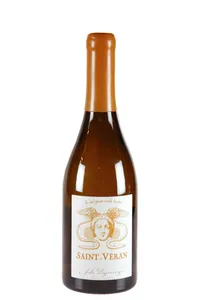
Saint-Véran, Jules Desjourneys - 2015
St-Véran
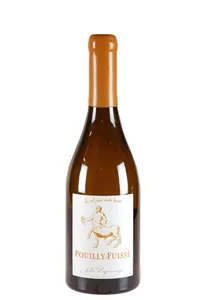
Pouilly-Fuissé, Jules Desjourneys - 2015
Pouilly-Fuissé
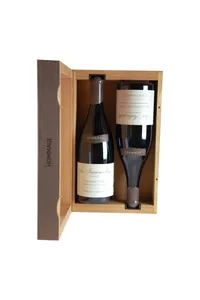
Coffret Hommage De Montille (2 mags : Malconsorts et Hubert) - 2015
Bourgogne
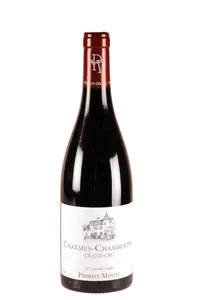
Charmes-Chambertin Grand Cru V. V., Perrot-Minot - 2019
Charmes-Chambertin
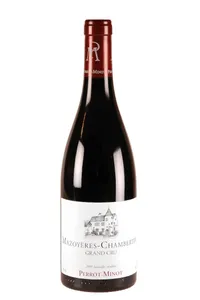
Mazoyères-Chambertin Grand Cru V. V., Perrot-Minot - 2019
Mazoyères-Chambertin
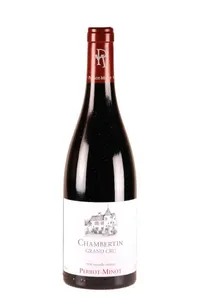
Chambertin Grand Cru V. V., Perrot-Minot - 2019
Chambertin
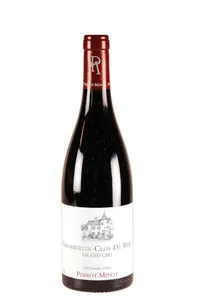
Chambertin Clos-de-Bèze Grand Cru V.V., Perrot-Minot - 2019
Chambertin Clos de Bèze
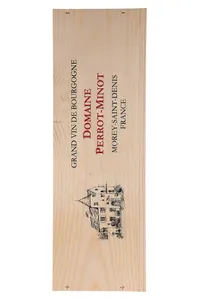
Griotte-Chambertin Grand Cru, Perrot-Minot (magnum) - 2019
Griotte-Chambertin
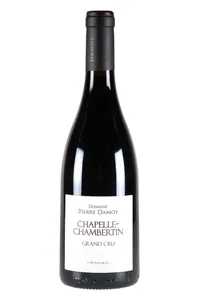
Chapelle-Chambertin Grand Cru, Pierre Damoy - 2018
Chapelle-Chambertin
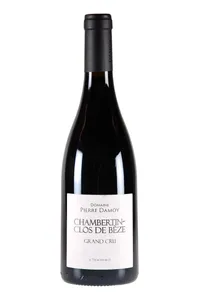
Chambertin Clos-de-Bèze Grand Cru, Pierre Damoy - 2018
Chambertin Clos de Bèze
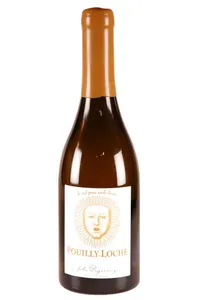
Pouilly-Loché, Jules Desjourneys - 2019
Pouilly-Loché
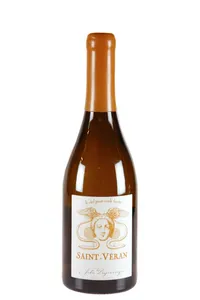
Saint-Véran, Jules Desjourneys - 2019
St-Véran